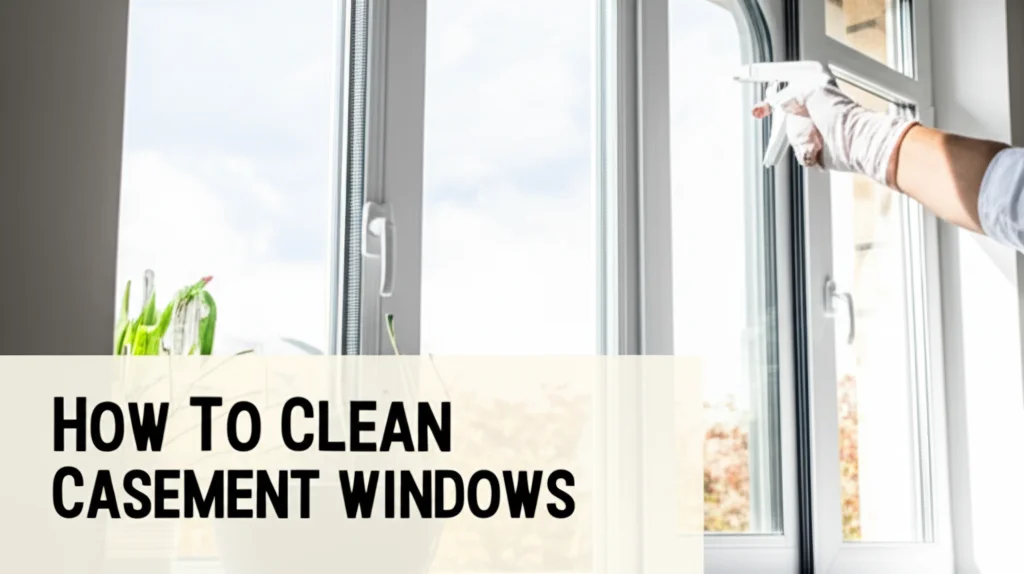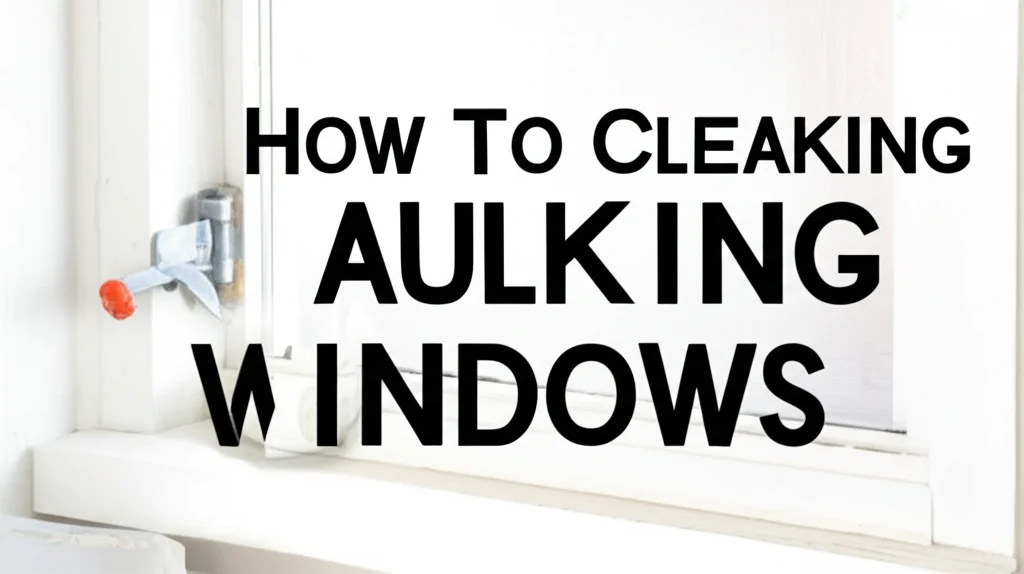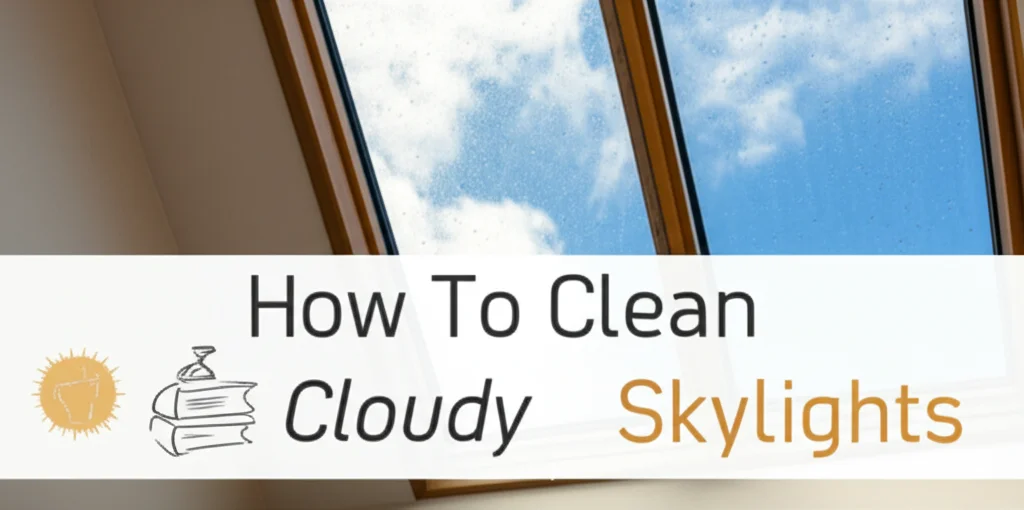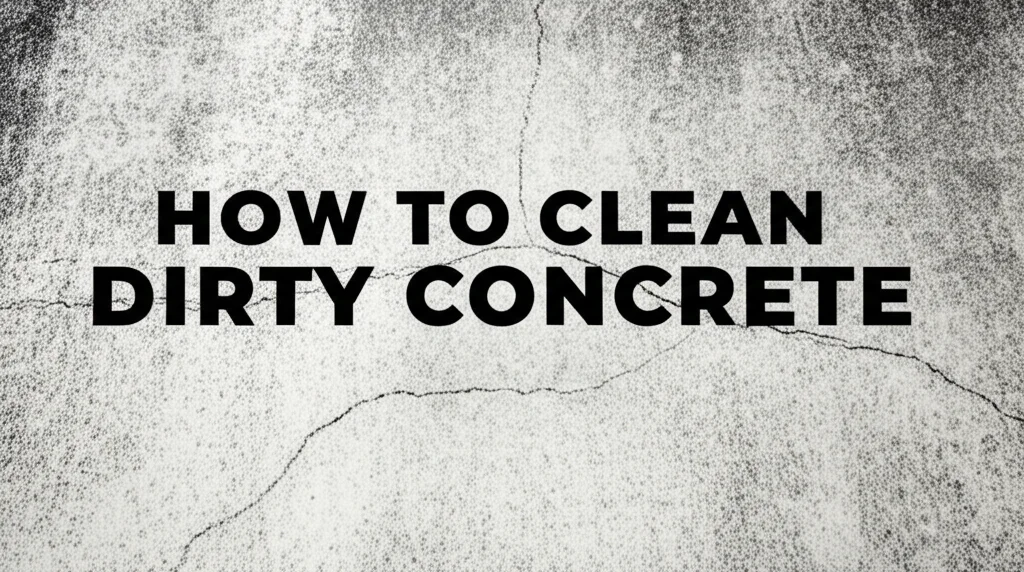· Home Improvement · 7 min read
how to clean cement off upvc windows
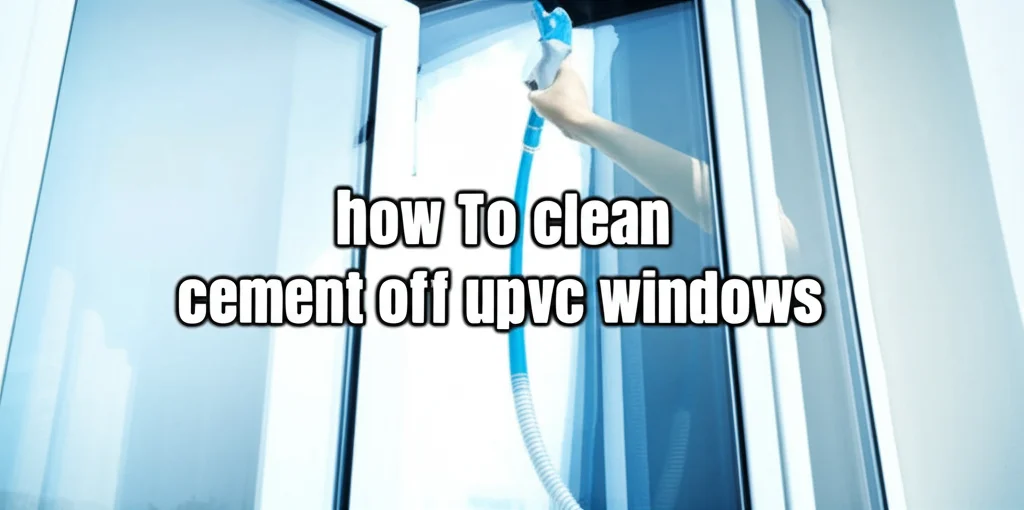
Removing Cement Splatters: How to Clean Cement Off UPVC Windows
Have you recently had some building work done and now find your pristine UPVC windows covered in unsightly cement splashes? Don’t worry, it’s a common problem! Cleaning cement off UPVC windows requires a gentle but effective approach to avoid scratching or damaging the plastic. This article will guide you through the safest and most efficient methods to restore your windows to their former glory. We’ll cover everything from initial assessment to the best tools and techniques, ensuring a streak-free finish. Let’s get started and get those windows looking brand new again.
Quick Answer:
To clean cement off UPVC windows, gently scrape away dried cement with a plastic scraper, then use warm soapy water and a soft cloth. For stubborn residue, a dedicated UPVC cleaner or a diluted vinegar solution can be effective. Always test in an inconspicuous area first!
Takeaway:
- Don’t use abrasive cleaners: These can scratch UPVC.
- Gentle scraping is key: Avoid metal tools.
- Soapy water is your friend: Often the most effective solution.
- Test any cleaner first: Ensure it doesn’t damage the UPVC.
Understanding the Challenge: Why Cement Sticks to UPVC
Cement, especially when wet, adheres strongly to surfaces. UPVC, while durable, isn’t immune to this. The slightly textured surface of UPVC can actually provide more grip for the cement particles. Understanding this helps you choose the right approach. Trying to simply wipe away hardened cement will likely just smear it around, making the problem worse. It’s important to loosen the cement before attempting to remove it. This is where careful technique and the right tools come into play. Ignoring the problem can lead to the cement hardening further, making it even more difficult to remove later on.
Assessing the Situation: Dried vs. Wet Cement
The approach to cleaning cement off UPVC windows differs significantly depending on whether the cement is wet or dry. Wet cement is much easier to deal with. If you catch it quickly, a simple rinse with water might be all you need. However, dried cement requires more effort.
Dealing with Wet Cement
If the cement is still wet, act fast!
- Immediately rinse the affected area with a gentle stream of water.
- Use a soft sponge or cloth to wipe away the remaining cement.
- Avoid scrubbing vigorously, as this can spread the cement.
- Rinse again to ensure all traces of cement are removed.
Tackling Dried Cement
Dried cement is more challenging, but not impossible to remove. You’ll need to loosen it before you can wipe it away. Don’t reach for harsh chemicals immediately; a gentle approach is always best. We’ll explore specific tools and techniques in the following sections. Remember, patience is key when dealing with dried cement.
The Right Tools for the Job: Avoiding Damage to Your UPVC
Choosing the right tools is crucial to avoid scratching or damaging your UPVC windows. Here’s a breakdown of what you should and shouldn’t use:
- Do Use:
- Plastic Scraper: This is your primary tool for gently lifting dried cement.
- Soft Cloths/Microfiber Cloths: Ideal for wiping away loosened cement and applying cleaning solutions.
- Soft-Bristled Brush: Useful for agitating stubborn residue.
- Spray Bottle: For applying cleaning solutions.
- Don’t Use:
- Metal Scrapers: These will almost certainly scratch the UPVC.
- Abrasive Cleaning Pads (e.g., scouring pads): These will cause irreversible damage.
- Strong Solvents (e.g., acetone, paint thinner): These can discolor or melt the UPVC.
- High-Pressure Washers: The force can damage the window seals and frame.
Investing in a good quality plastic scraper is a worthwhile expense. It will save you time and prevent costly repairs to your UPVC windows. You can find these at most hardware stores.
Step-by-Step Guide: Cleaning Cement Off UPVC Windows
Now that you have the right tools, let’s get to the cleaning process. This method works best for dried cement, but can also be adapted for slightly hardened wet cement.
- Initial Scraping: Gently use the plastic scraper to lift the edges of the dried cement. Work at a shallow angle to avoid digging into the UPVC.
- Soapy Water Solution: Mix warm water with a mild dish soap. Apply this solution to the affected area using a spray bottle or a damp cloth.
- Soak and Soften: Allow the soapy water to sit for 5-10 minutes to soften the remaining cement.
- Gentle Scrubbing: Use a soft-bristled brush or a soft cloth to gently scrub the area. Avoid applying excessive pressure.
- Rinse Thoroughly: Rinse the area with clean water to remove all traces of soap and loosened cement.
- Inspect and Repeat: Inspect the window for any remaining cement residue. Repeat steps 2-5 if necessary.
- Dry and Polish: Dry the window with a clean microfiber cloth to prevent water spots.
If you’re looking for more information on maintaining your home’s exterior, you might find this article on how to clean outside windows upstairs helpful.
Stubborn Residue: Alternative Cleaning Solutions
Sometimes, soapy water isn’t enough to remove all the cement residue. Here are a few alternative solutions to try:
- Vinegar Solution: Mix equal parts white vinegar and water. Apply to the affected area, let it sit for a few minutes, then scrub gently and rinse. Vinegar is a mild acid that can help dissolve cement residue.
- UPVC Cleaner: There are dedicated UPVC cleaners available at most hardware stores. These are specifically formulated to clean UPVC without causing damage. Always follow the manufacturer’s instructions.
- Baking Soda Paste: Create a paste of baking soda and water. Apply to the cement residue, let it sit for a few minutes, then scrub gently and rinse. Baking soda is a mild abrasive that can help lift stubborn stains.
Always test any cleaning solution in an inconspicuous area of the UPVC window before applying it to the entire surface. This will ensure that it doesn’t cause any discoloration or damage. If you’re concerned about the potential for damage, it’s always best to err on the side of caution and stick with soapy water.
Preventing Future Cement Splashes: Protective Measures
Prevention is always better than cure. Here are a few tips to prevent cement splashes on your UPVC windows during future building work:
- Cover the Windows: Use plastic sheeting or drop cloths to completely cover the windows.
- Maintain Distance: Ask the builders to maintain a safe distance from the windows when mixing and applying cement.
- Regular Cleaning: Clean up any cement splashes immediately before they have a chance to dry.
- Communicate with Builders: Clearly communicate your concerns to the builders and ask them to take extra precautions.
Taking these simple steps can save you a lot of time and effort in the long run. Protecting your windows during construction is a small investment that can yield significant benefits.
FAQ: Your Cement & UPVC Cleaning Questions Answered
Q: Will vinegar damage my UPVC windows? A: Diluted vinegar (equal parts vinegar and water) is generally safe for UPVC, but always test it in an inconspicuous area first. Avoid using undiluted vinegar, as it can potentially cause discoloration.
Q: Can I use a pressure washer to remove cement? A: No, pressure washers can damage the window seals and frame. Stick to gentle methods like scraping and soapy water.
Q: What if the cement is deeply embedded in the UPVC? A: If the cement is deeply embedded, you may need to repeat the cleaning process several times. If it still won’t budge, consider consulting a professional window cleaner.
Q: Is there a specific type of plastic scraper that works best? A: Look for a scraper with a smooth, rounded edge to minimize the risk of scratching. A scraper designed for removing paint or stickers is a good option.
Q: How often should I clean my UPVC windows? A: Regular cleaning (every few months) will help prevent dirt and grime from building up. More frequent cleaning may be necessary if you live in a dusty or polluted area.
Conclusion: Keeping Your UPVC Windows Sparkling Clean
Cleaning cement off UPVC windows doesn’t have to be a daunting task. By using the right tools and techniques, and by acting quickly, you can restore your windows to their original condition. Remember to always prioritize gentle methods and avoid abrasive cleaners. The key takeaway is to be patient, persistent, and to test any cleaning solution before applying it to the entire surface.
Maintaining clean UPVC windows not only enhances the appearance of your home but also protects your investment. If you’re looking for more ways to keep your home looking its best, check out our guide on how to clean vinyl plank flooring for tips on maintaining other surfaces in your home. Don’t let cement splashes ruin your view – with a little effort, you can keep your UPVC windows sparkling clean for years to come!

